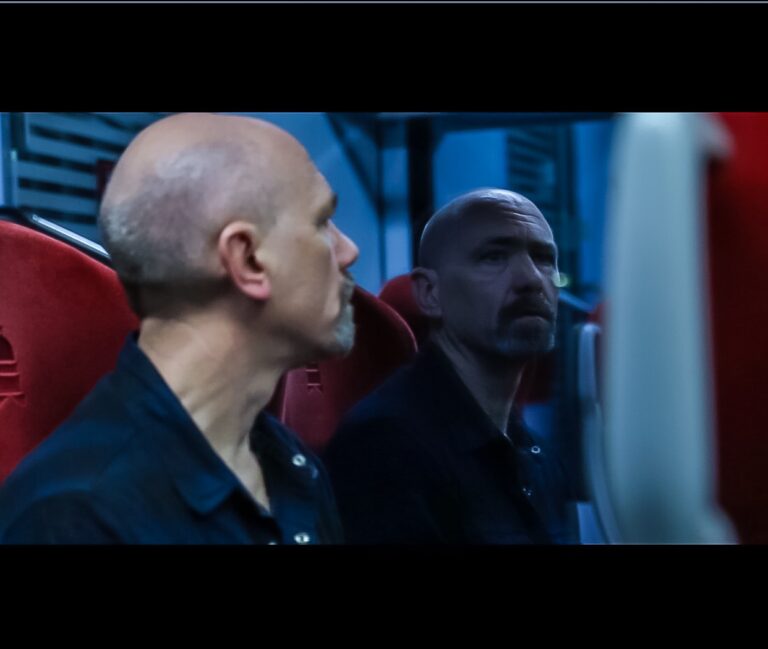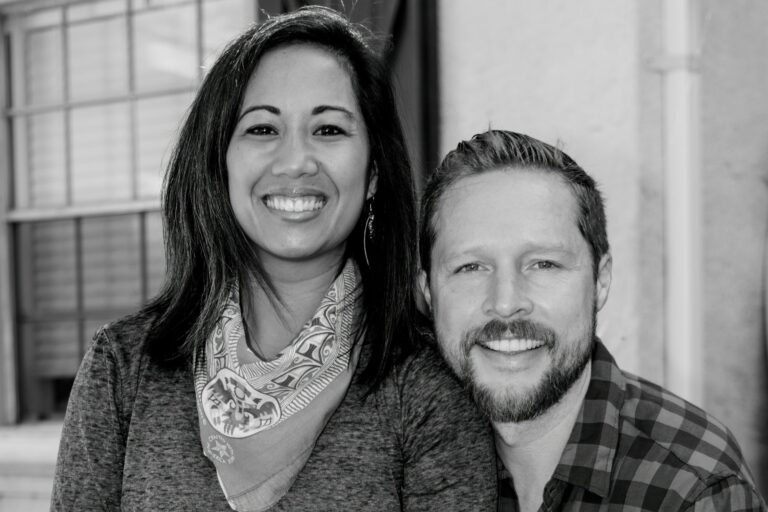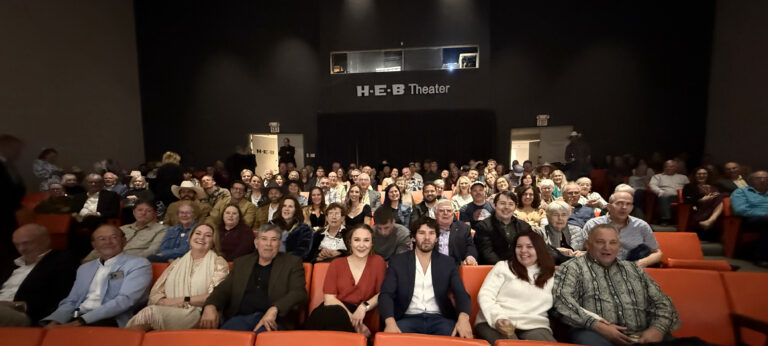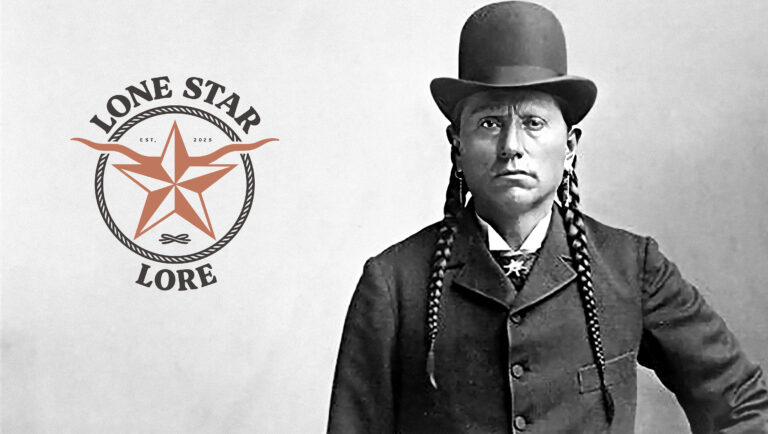Keep it simple. tell your story.
As we continue to evolve our work through Griffyn.Co, every new project stares us down with the same old question: How can we shoot and edit this story in the most clear and practical way?
On a broader scale, this essentially translates to: How can we do more with less?
In this age of abundance, we are struck by the feeling that we need to have and do it all. This is no more apparent than in the world of video production where there is no shortage of shiny new gadgets being shoved down our throats at every turn. To be fair, camera technology never ceases to blow my mind. Afterall, I remember making films on VHS and mini-dv tape! But because the business professional world has never leaned more on video content – it’s easy to trick ourselves into thinking we can’t create and share stories in a “professional” way unless we have the latest and greatest gear. This idea, however, is the result of great marketing and flawed thinking. If you don’t believe me, just think about the capability of the phone you have in your pocket. That little device has 100,000 times more processing power than the computer that landed humans on the moon just over 50 years ago. Suffice it to say that we all have access to more than enough to tell a cinematic story. In fact, the line between amateur and professional in the film world has never been more blurred.
The only real question is: Are you able to create a story worth telling?
Most times, I find that approaching gear with a minimalist mindset allows me to lean into the most vital piece of any form of media – the story. Whether I’m producing one of my own or helping someone else tell theirs, I never get into a flow until I have my finger on the pulse of the story. And the best way to find that pulse is through conversation. Open dialogue offers the opportunity to gather information and gain an understanding of the details. I collect them and connect them, and boil them down to a single bottom-line concept – often just a word or phrase. For me, this is usually where the story begins.
I ask myself: What’s the smartest way I can represent this idea visually? How many shots do I really need? Is there a unique way of showing it? A fresh new spin I can put on it? How do I keep this simple and still provide it with cinematic value?
The answers to these questions usually lead to the simplest and most elegant choices with the camera. And when there is a true understanding of what needs to be conveyed, the story makes the video cinematic; not the gear.
Surprisingly, tackling a project this way doesn’t take less work; it’s pretty much the opposite. Instead of pouring all your energy into camera choice, codecs, frame rates, and picture profiles – you’re pouring it into the story. As a result, shot specs and gear just become functions of what is necessary to communicate the heart of that story in the most effective and approachable way.
Thanks for reading if you want to hear more on this topic, check out our podcast: Ep. 45 – Creative Moonlighting – Keep it Simple; Tell Your Story.







